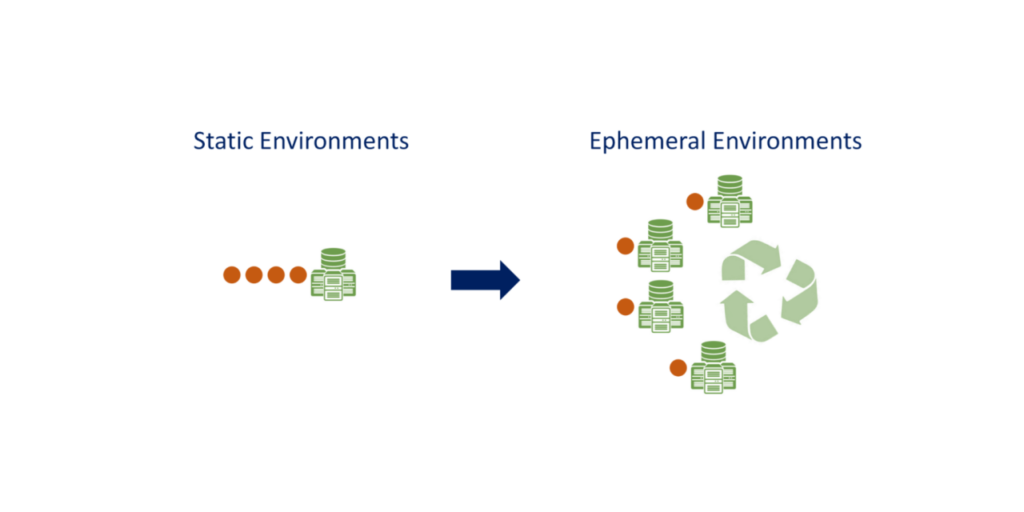Ephemeral Environments: Opening the Possibilities for Continuous Testing

By: Terry Brennan, Managing Director In the previous article, we discussed Continuous Testing – Shift Left including refactoring the value stream, moving testing earlier, increasing collaboration, and engraining QA into the entire lifecycle. In this article, we are going to focus on the ephemeral environment element. Embracing test automation and the idea of shift left […]
Performance Testing and Functional Testing – Simultaneously?

By: Jim Azar, Sr. Vice President, CTO Can functional and non-functional testing co-exist? Why not, if the goal is to get excellent software at the end of the funnel. Any software development journey is incomplete without the vital phase of testing. In testing, many aspects of the software are checked against a set of criteria […]
Best Practices for Application Performance Testing
Article published in DevOps.com by Alex Weiss, Senior Solution Architect at Orasi Software. When done properly, software application performance testing determines if a system meets certain acceptable criteria for both responsiveness and robustness. Before you jump in to testing though. there are some best practices to remember. Start by defining test plans that include load testing, […]
DevOps Isn’t Novel but 5 Keys to How it Delivers Business Value And Is Making Waves
Article published in VMBlog by Nick Kavadellas, President and CEO at Orasi Software. Unlike 2020, DevOps isn’t novel: it has been a part of the software delivery conversation for the past 10+ years. However, taking center stage more recently is integrating security (i.e. DevSecOps), ensuring continuous app delivery/performance, operating in hybrid environments, training teams amidst […]
Performance testing without a plan?
You have a new code release and two weeks for performance testing. What tests do you run? One common answer is to run the same tests you used on the last release (after fixing your scripts, of course). This is a good way to make sure the new release can handle the same load as the last one. However, this approach ignores a key fact: loads change.